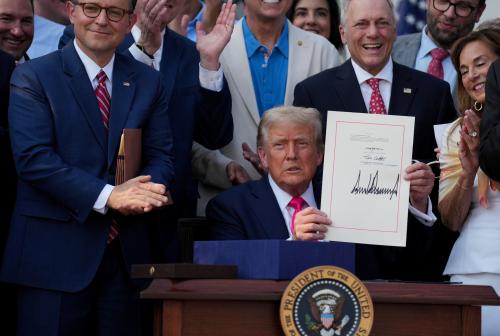Abstract
The level of corruption varies widely across countries. This paper examines the
consequence of corruption for the design of monetary policy. We employ an extended
Barro-Gordon framework a la Alesina and Tabellini (1987) and model corruption as
a leakage of tax revenue. There are several important implications from the model.
First, the optimal inflation targeting for a high-corruption country is generally different
from that for a low-corruption country. A mechanical inflation target (i.e.,
the 1-3% range typically advocated to most countries in the world) could reduce
social welfare. Second, corruption can be viewed as one source of lack of commitment.
Fixed exchange rates or currency boards are more difficult to sustain for
high-corruption countries as the inflation rate (in the anchor country) may be too
low from the viewpoint of the countries that adopt the exchange rate arrangements.
Third, while inflation rate generally rises with the level of corruption under a commitment
regime, it may fall or rise with corruption under a discretionary regime,
depending on the initial level of corruption. Despite of this, a commitment regime
generally generates a higher level of welfare than an ordinary discretionary regime.
Fourth, a Rogoff-style conservative central banker can outperform a fixed exchange
rate regime, a mechanical inflation target, currency board or dollarization. However,
the optimal degree of conservatism is an inverse function of the corruption level. In the extreme case in which corruption is so severe that the tax system breaks down
completely, the optimal degree of conservatism is zero.
The Brookings Institution is committed to quality, independence, and impact.
We are supported by a diverse array of funders. In line with our values and policies, each Brookings publication represents the sole views of its author(s).



